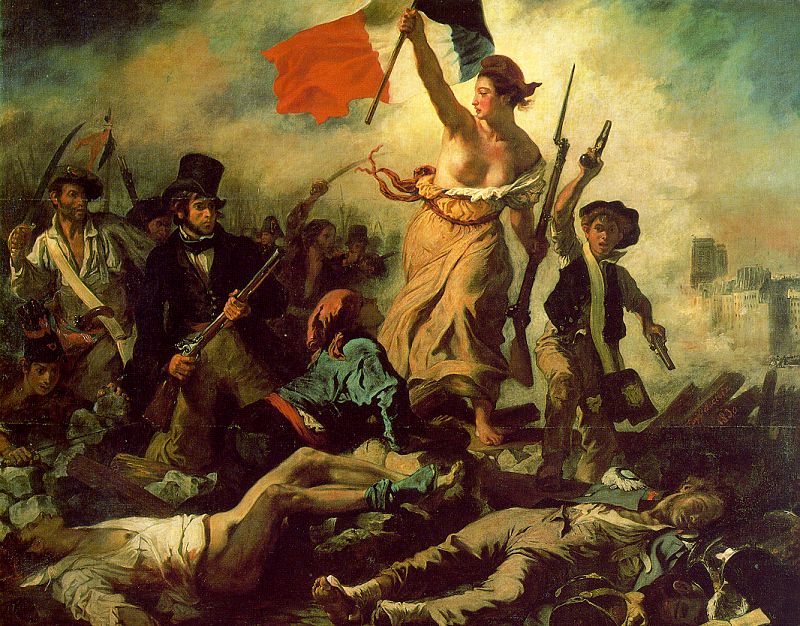The Stone Breakers: Courbet's Ordinary People
Courbet Gustave is known as being the leader of the French Realist Movement. He used to paint ordinary people such as in “The Stone Breakers”. It was painted in 1849, which Gustave show two common workers; one of the men is too young for hard work, while the other one is too old. Courbet wanted to express the feelings of hardship and exhaustion that was what he tried portray in this painting. He was disguised by the upper class and he showed sympathy for the workers by painting these men with a dignity of their own.

Gustave Courbet. 2013. Gustave Courbet. [ONLINE] Available at: https://www.mtholyoke.edu/courses/rschwart/hist255-s01/boheme/courbet.htm. [Accessed 27 February 2013].

